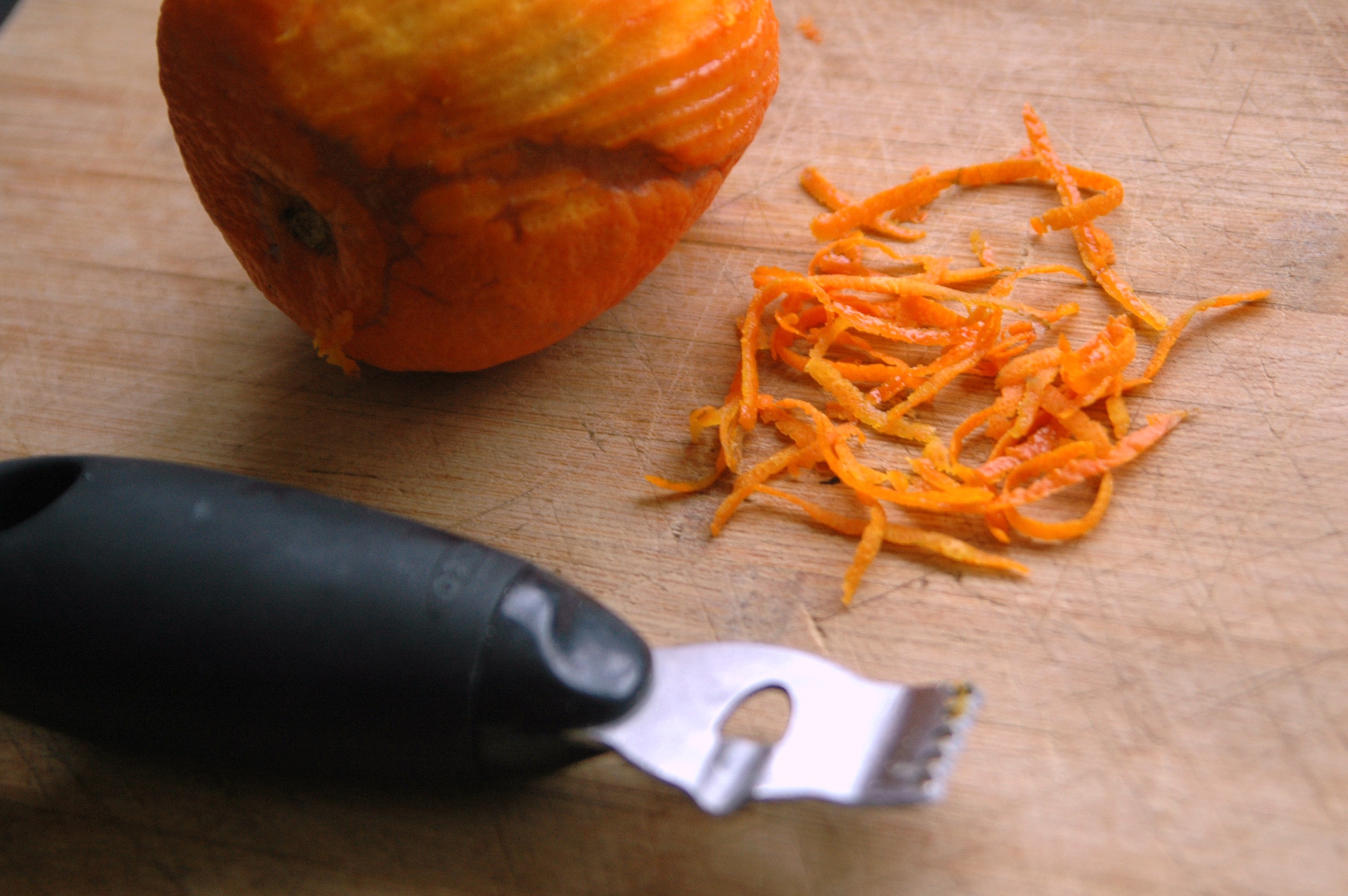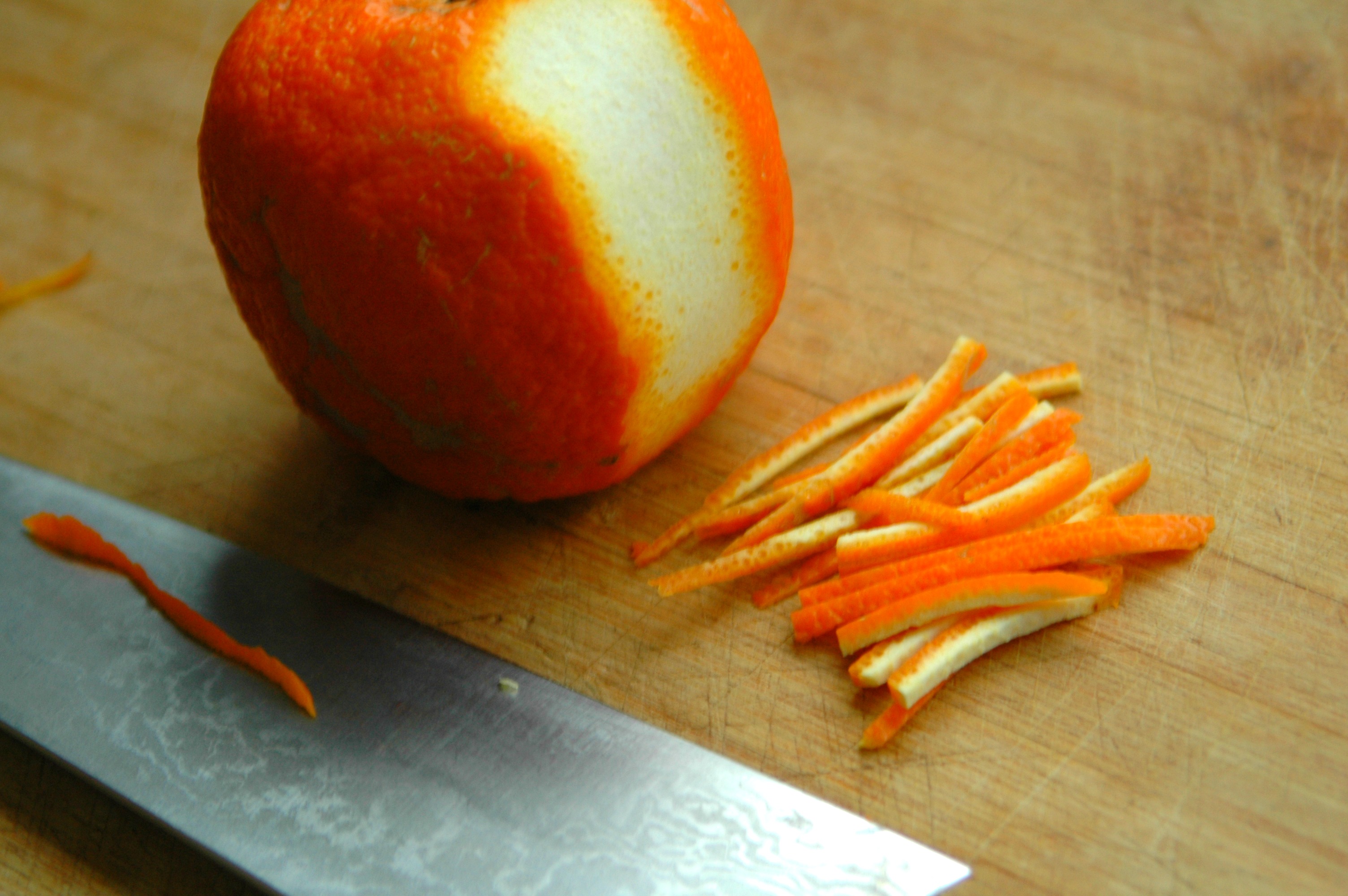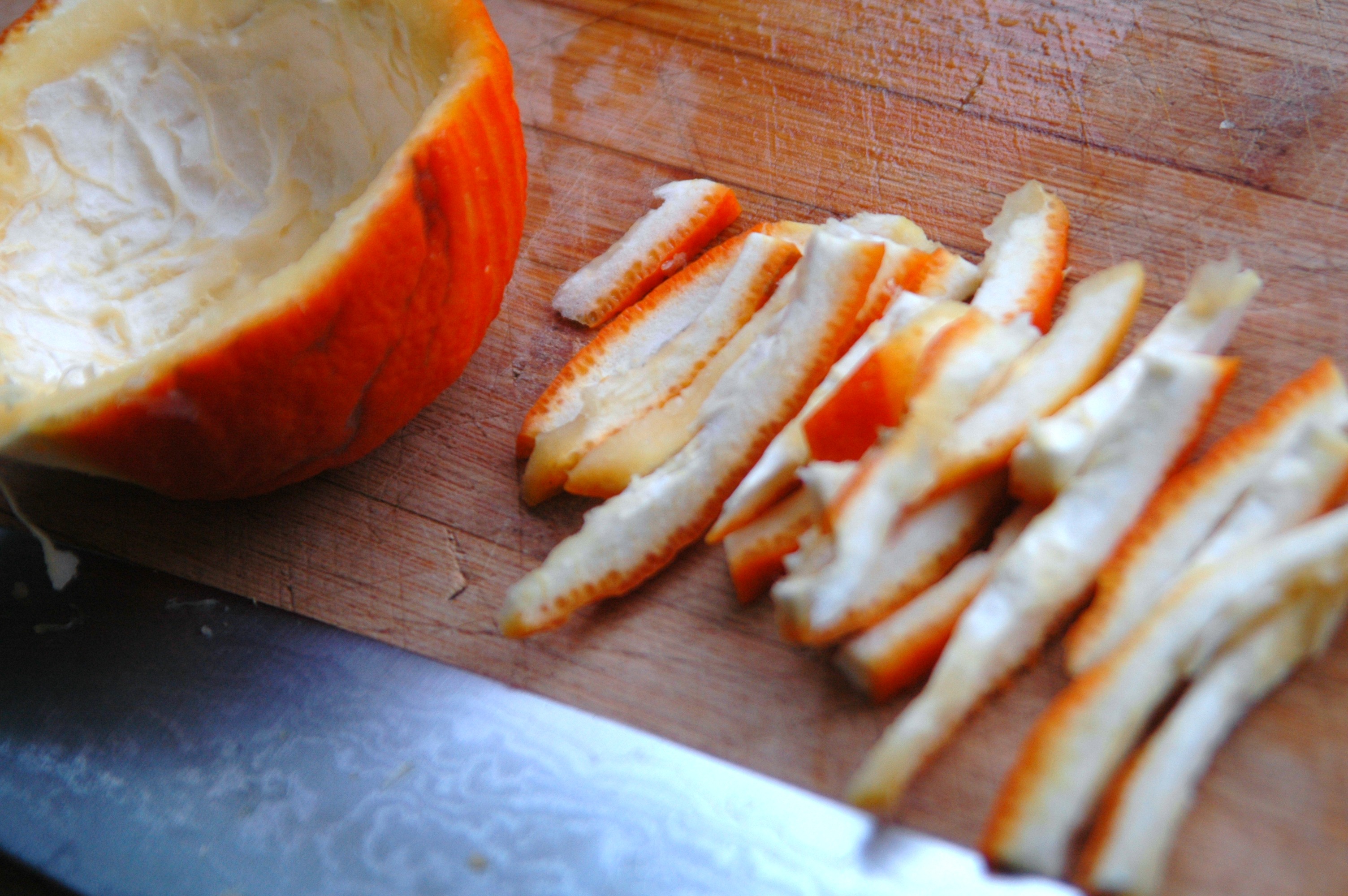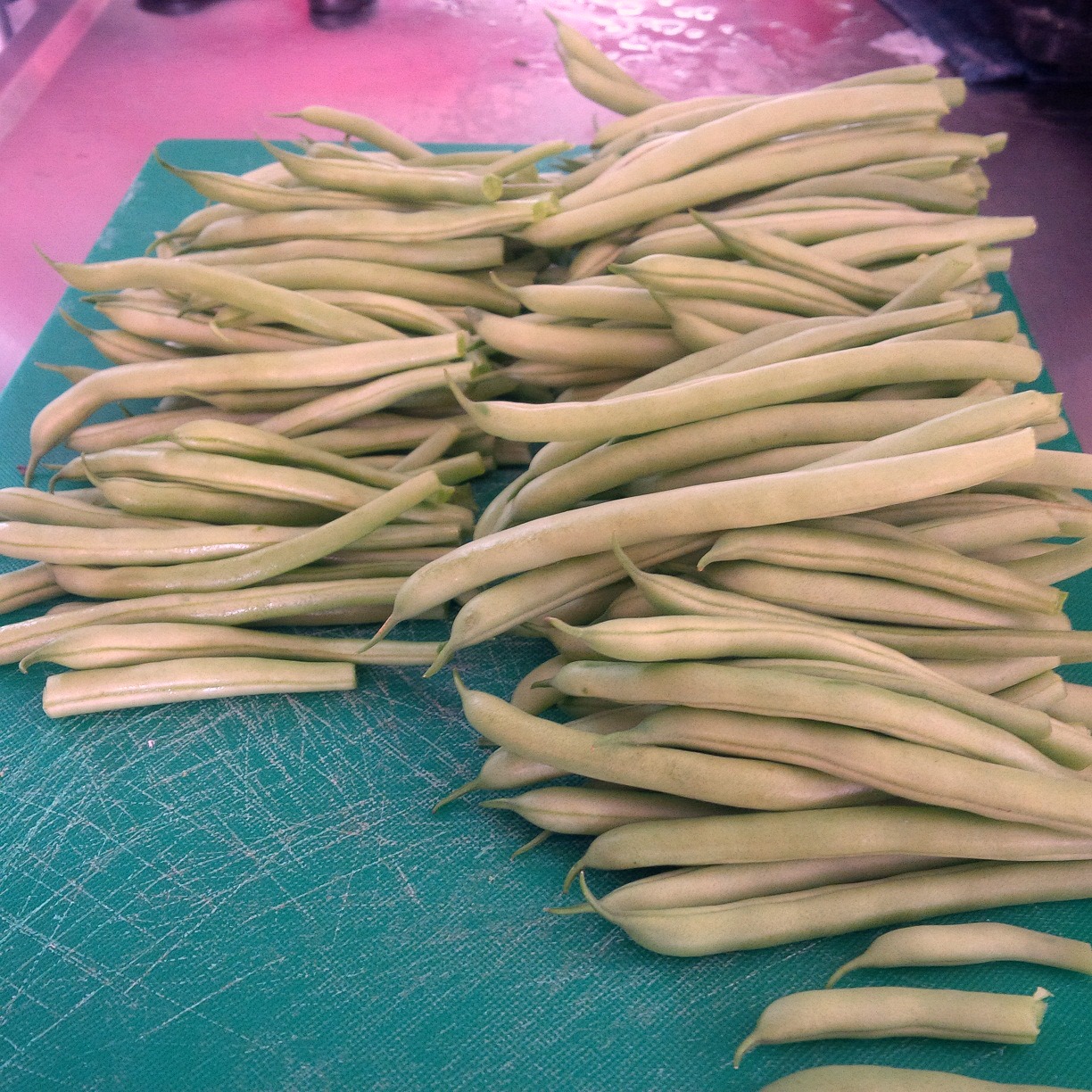 One of the best tips that I learned in my early jelly making days when I would struggle AGAIN and AGAIN with achieving set is one that I sadly had to use on a semi-regular basis when I first started making jelly.
One of the best tips that I learned in my early jelly making days when I would struggle AGAIN and AGAIN with achieving set is one that I sadly had to use on a semi-regular basis when I first started making jelly.
You have a couple of options when the dream jelly you are making doesn't set and instead continues to slosh around in the jar even after the water bath and cool down period.
1) You can get really angry and open each and every jar and pour the contents down the drain (been there, done that).
2) You can decide that even though it is runny you just don't have the energy to do anything further with it and use it as a spread for pancakes, stir it into your yogourt or add it to fruit shakes. This was a personal favourite of mine way back when.
3) You can reprocess the jars and actually achieve the set you meant to get the first time. Now this option tended to be one that I personally avoided like the plague. Mostly because I hate doing something twice. I hate turning back if I forgot something at home...I simply hate doubling back.
But that being said, there is a time and place for everything and sometimes you just want your damn jelly to set. If that is the case, then these simple steps will save the day.
- Empty the contents of each jar into a similar sized pot as you used the first time you screwed up the jelly
- Over low heat (keep stirring) until the jelly melts down and is soft and fluid once again.
- Add 3 tbsp sugar, 1.5 tsp lemon juice for each 250ml jar of jelly that you are re-heating. Keep over the heat and continue stirring until all of the sugar dissolves.
- Once the sugar has dissolved, increase the heat to med-high and bring the jelly back up to a rolling boil. Then stir in 1.5 tsp of liquid pectin for each 250ml jar of jelly that you are re-heating. Continue stirring until the jelly reaching that same rolling boil and boil for 1 minute.
- Skim off any foam, jar and water bath as per the first time.
 Sunday, January 12, 2014 at 04:28PM
Sunday, January 12, 2014 at 04:28PM  Superfine peel - best obtained with a zester
Superfine peel - best obtained with a zester Fine cut peel - best obtained by cutting the peel off with a sharp knife and then chopping it very fine
Fine cut peel - best obtained by cutting the peel off with a sharp knife and then chopping it very fine Medium Cut Peel - best obtained by juicing the orange and then removing all of the membrane from inside the peel, and then cutting into medium size chunks.
Medium Cut Peel - best obtained by juicing the orange and then removing all of the membrane from inside the peel, and then cutting into medium size chunks. Thick cut peel - best obtained by juicing the orange and then removing all of the membrane from inside the peel, and then cutting into thick size chunks.
Thick cut peel - best obtained by juicing the orange and then removing all of the membrane from inside the peel, and then cutting into thick size chunks. Marmalade,
Marmalade,  marmalade making tips in
marmalade making tips in  Tips and Tricks
Tips and Tricks 










